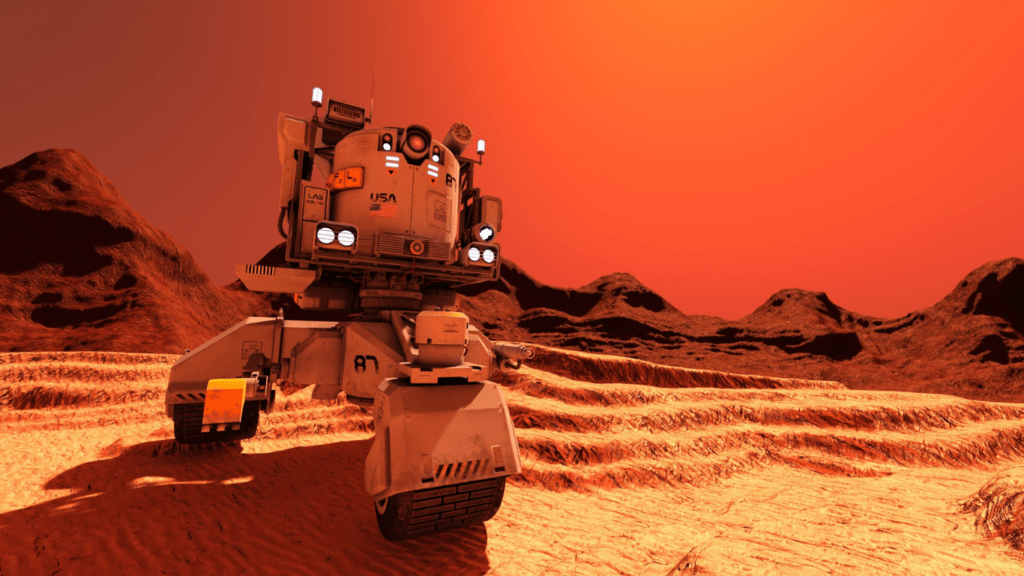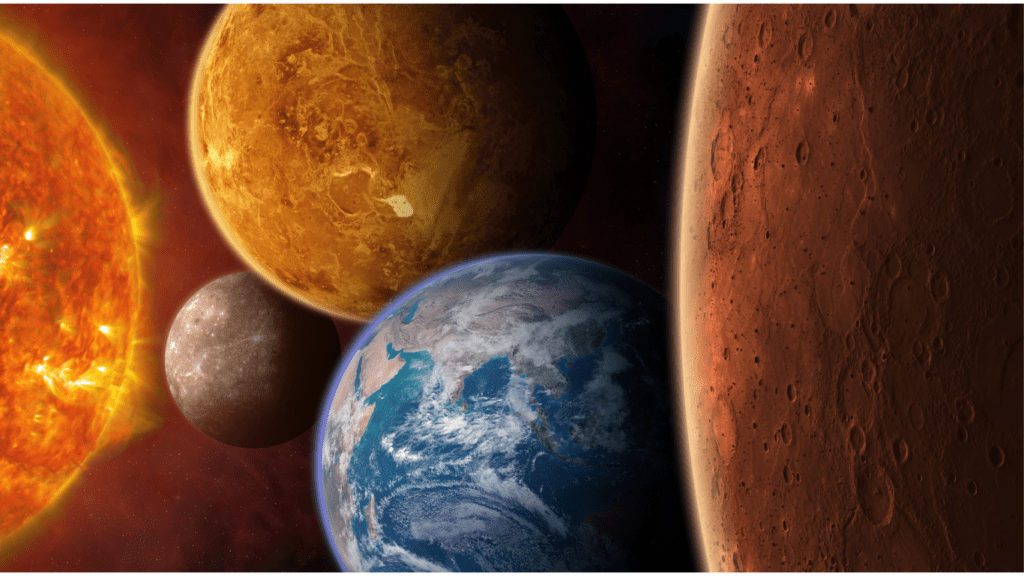The Journey of Space Exploration
Space exploration has always captivated my imagination, offering a glimpse into the vast unknown. The milestones in its journey continue to inspire and redefine human achievement.
Early Milestones in Space
The inception of space exploration marked several pivotal moments. In 1957, the Soviet Union launched Sputnik 1, the first artificial satellite, which began the space age.
Following this, Yuri Gagarin became the first human in space in 1961 aboard Vostok 1, breaking significant ground in human space travel.
These achievements set the foundation for future exploration, demonstrating both technical feasibility and immense potential.
The Race to the Moon
The 1960s saw a fierce competition between the United States and the Soviet Union, known as the space race.
The ultimate goal was landing a human on the Moon. NASA’s Apollo program achieved this monumental task with Apollo 11 in 1969.
- Neil Armstrong -walked on the lunar surface
- Buzz Aldrin – walked on the lunar surface, marking a historic triumph
This event represented not just technological prowess but also a leap in human ambition and capability.
Continued lunar missions provided valuable insights into the Moon’s composition and geology, laying the groundwork for future deep space missions.
Major Discoveries in the Last Decade
Space exploration has made tremendous strides in the past ten years, with several groundbreaking discoveries reshaping our understanding of the cosmos.
Exoplanet Exploration
Scientists have discovered thousands of exoplanets, planets outside our solar system, adding significant knowledge to our quest to find habitable worlds.
Kepler Space Telescope alone identified over 2,600 exoplanets between 2009 and 2018.
Among these, Earth-like planets in the habitable zone of their stars capture the most interest, such as:
- Proxima Centauri b
- TRAPPIST-1e. The Transiting Exoplanet Survey Satellite (TESS)
has continued this mission, expanding our catalog of distant worlds and enhancing our understanding of planetary systems.
Water on Mars
The confirmation of liquid water on Mars opened new possibilities for future manned missions and the quest for extraterrestrial life.
In 2015, NASA’s Mars Reconnaissance Orbiter detected hydrated salts indicating seasonal water flows.
In 2018, researchers found a large subglacial lake beneath Mars’ south polar ice cap using radar data from the European Space Agency’s Mars Express spacecraft.
These discoveries are vital for planning sustainable human exploration and establishing the potential for past or present Martian life.
Technological Advancements in Astronomy
Space exploration relies heavily on continuous advancements in technology. Recent innovations have propelled our understanding of the universe to new heights.
Telescopes and Observatories
Advanced telescopes on Earth and in space have revolutionized astronomy.
- The Hubble Space Telescope, launched in 1990, provides high-resolution images of distant galaxies, nebulae, and other celestial phenomena.
- The James Webb Space Telescope, set to launch in 2021, promises deeper infrared observations, enhancing our knowledge of the early universe and the formation of stars and planets.
- Observatories like the Atacama Large Millimeter/submillimeter Array (ALMA) in Chile offer unmatched sensitivity and resolution in millimeter and submillimeter wavelengths.
These observatories have enabled the detailed study of protoplanetary disks and the detection of complex organic molecules in space.
Rover Missions and Sample Return Technology

Rover missions have significantly contributed to our understanding of other planets.
- NASA’s Perseverance rover, launched in 2020, explores Mars’ Jezero Crater, analyzing rock and soil samples for signs of past microbial life.
- The rover also demonstrates new technologies, such as Ingenuity, the first helicopter to fly on another planet.
- Sample return missions represent a leap in space exploration.
- Japan’s Hayabusa2 mission successfully returned samples from the asteroid Ryugu, providing invaluable materials for studying the early solar system.
- NASA’s OSIRIS-REx mission targets asteroid Bennu, aiming to bring back samples in 2023.
These advancements in technology, from enhanced telescopes to rover missions, continue to push the boundaries of space exploration, revealing the complex tapestry of our universe.
Implications of Recent Discoveries
Recent discoveries in space exploration have far-reaching consequences. They create a surge of excitement in scientific communities and capture the public’s imagination.
Impact on Science and Society
Identifying exoplanets impacts the science community by expanding our understanding of potential habitable environments.
It informs astronomers, astrobiologists, and planetary scientists on planetary formation and conditions favorable to life.
Discoveries like liquid water on Mars influence societal views on space exploration.
They increase interest and funding in space missions, promoting STEM education and inspiring future generations of scientists and engineers.
The general public becomes more engaged, supporting initiatives like Mars colonization and space tourism.
Future Possibilities in Space Exploration
The identification of hydrated salts and subglacial lakes on Mars enables future manned missions with resources for life support. It boosts the feasibility of establishing a human presence on Mars.
Missions to harvest these water sources gain practicality.
Technological advancements shape the future scope of exploration.
The James Webb Space Telescope and ALMA observatories offer deeper insights into cosmic events, dark matter, and the universe’s origins.
Improved imaging and data collection facilitate the discovery of new celestial bodies and phenomena.
Sample return missions like OSIRIS-REx provide material for research, enhancing our understanding of asteroids’ origins and compositions.
These missions pave the way for resource utilization on other celestial bodies, promoting sustainable space exploration.


 is a key contributor to Luck Lounge Land, bringing her expertise in psychology and behavioral analysis to the platform. Her work focuses on the psychological aspects of gambling, helping users understand player motivations and decision-making processes. Morgana’s well-researched articles make her a respected voice in the community.
She also contributes to the site's 'Game Theory Academy,' developing modules on strategic thinking. Outside of her professional work, Morgana enjoys studying the latest trends in casino games and behavioral research. Her passion for the field and engaging writing make her a valuable asset to the Luck Lounge Land team.
is a key contributor to Luck Lounge Land, bringing her expertise in psychology and behavioral analysis to the platform. Her work focuses on the psychological aspects of gambling, helping users understand player motivations and decision-making processes. Morgana’s well-researched articles make her a respected voice in the community.
She also contributes to the site's 'Game Theory Academy,' developing modules on strategic thinking. Outside of her professional work, Morgana enjoys studying the latest trends in casino games and behavioral research. Her passion for the field and engaging writing make her a valuable asset to the Luck Lounge Land team.
